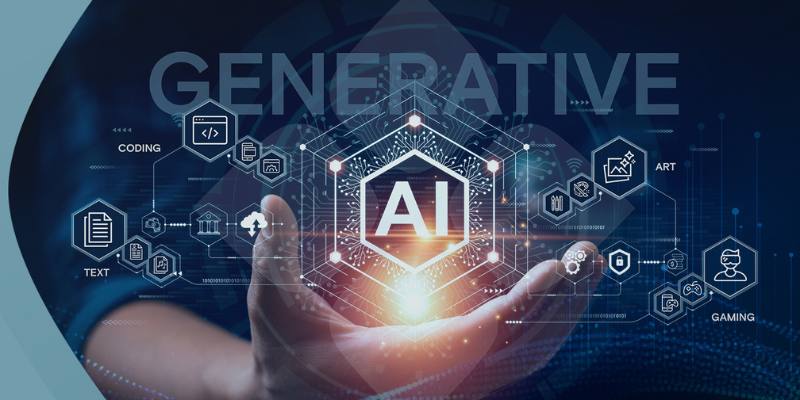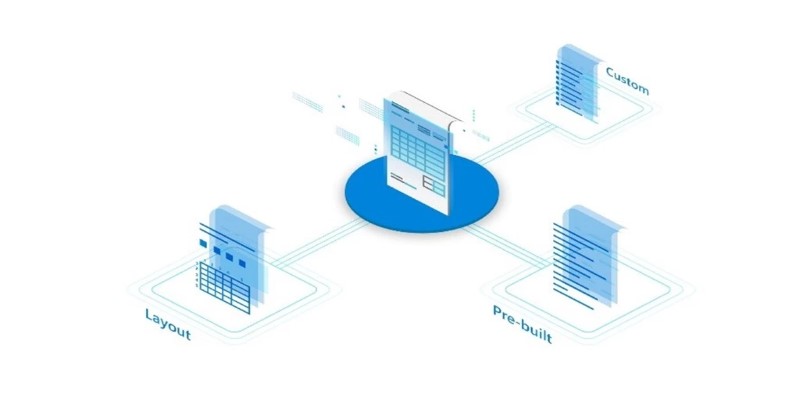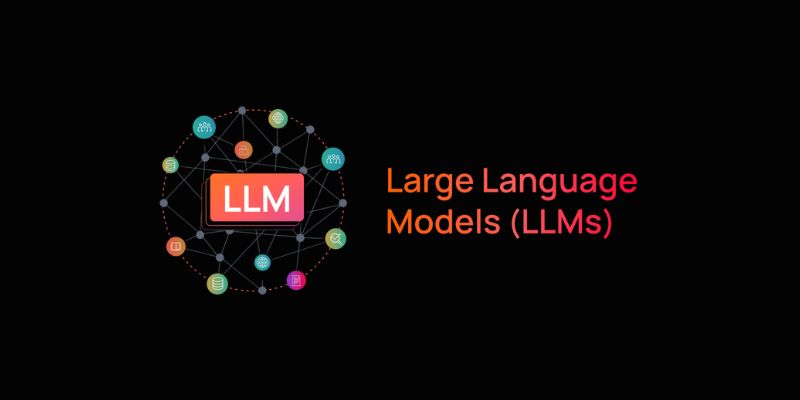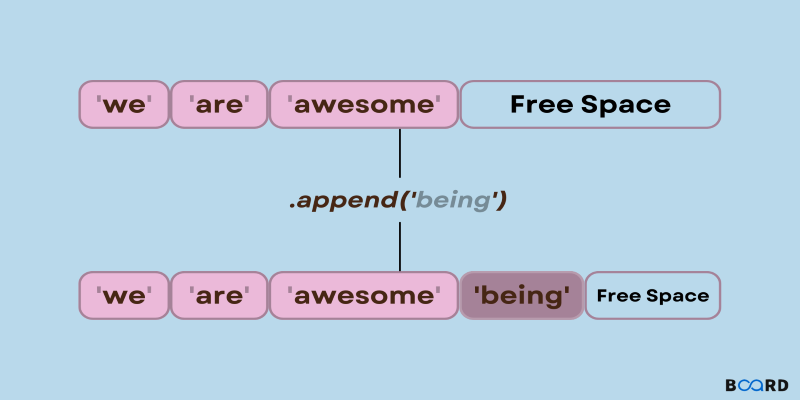Advertisement
In the evolving world of data analytics, enterprises demand faster insights and more efficient tools. Dremio, a leading data lakehouse platform, is transforming data querying through the power of generative AI. As datasets grow larger and business questions become more complex, traditional methods often fail to meet real-time demands.
Enter generative AI tools—intelligent, self-optimizing systems designed to simplify, accelerate, and enhance data analysis. Dremio's integration of AI-driven technologies marks a significant leap toward autonomous analytics and smarter decision-making. In this article, we explore how Dremio uses generative AI tools to streamline complex data queries and empower data teams.
Dremio is an open and scalable data lakehouse platform that simplifies access to data across cloud and on-prem environments. It bridges the gap between raw data storage and end-user analytics by enabling direct querying without the need for complex ETL processes. Dremio is recognized for its high-performance SQL query engine, semantic layer, and ability to accelerate data processing for business intelligence (BI) tools and machine learning platforms.
With generative AI integration, Dremio becomes more than a data access layer—it becomes an intelligent, conversational interface for data exploration.
Dremio's generative AI capabilities are being embedded across its platform to assist users in generating queries, summarizing results, and gaining insights with minimal manual intervention. These tools include:

Together, these AI tools eliminate technical barriers, enabling more users to interact with data with confidence.
One of the biggest challenges in enterprise data environments is writing and maintaining complex queries involving multiple tables, joins, and nested logic. Dremio's generative AI addresses this by:
This results in faster time-to-insight, reduced errors, and improved consistency across departments.
Dremio enables self-service analytics by equipping business analysts and non-technical users with intuitive AI-driven tools. Key features include:
This self-service layer democratizes data access, allowing more stakeholders to explore insights without relying on data engineers.
AI plays a vital role in boosting Dremio's query performance. Predictive caching anticipates user needs by storing and accelerating frequently accessed queries. AI continuously monitors system workloads and allocates resources to high-priority tasks.
Through smart tuning, the platform minimizes bottlenecks and reduces infrastructure costs by auto-optimizing underutilized nodes. These enhancements ensure consistent performance even as the volume of data or user activity scales. The result is real-time analytics with significantly faster response times and lower operational costs.
Dremio's generative AI tools are being adopted across various industries:
Each use case demonstrates how generative AI tools in Dremio help reduce query friction and deliver faster, actionable insights.
Dremio continues to expand its generative AI offerings. Future features include AI-powered data governance, where systems recommend access controls and data policies to enhance security and compliance. Conversational BI bots will enable users to ask voice or chat-based questions and receive instant insights.
Automated reporting will allow AI to create narratives around trends, outliers, and performance metrics. As bias detection becomes more important, Dremio plans to monitor algorithm fairness. By partnering with DEI and compliance organizations, the company aims to build an inclusive and transparent analytics ecosystem.

Generative AI is redefining the landscape of enterprise analytics, and Dremio is at the forefront of this transformation. By embedding intelligent tools throughout its platform, Dremio simplifies the creation, execution, and optimization of data queries. This shift not only accelerates insights but also reduces technical complexity, allowing users from all backgrounds to engage meaningfully with data.
From AI-assisted SQL writing to real-time performance tuning, Dremio's commitment to innovation is clear. As organizations seek faster, more inclusive analytics, Dremio's generative AI tools offer a glimpse into the future of effortless data exploration. Explore how your data team can benefit from smarter querying with Dremio's AI-powered solutions today.
Advertisement

Want to save time processing forms? Discover how Azure Form Recognizer extracts structured data from documents with speed, accuracy, and minimal setup

Apple’s AI-powered RoomPlan uses LiDAR and AI to create accurate 3D room models that integrate seamlessly with top design apps

Automation Anywhere uses AI to enhance process discovery, enabling faster insights, lower costs, and scalable transformation

What if your AI could actually get work done? Hugging Face’s Transformer Agent combines models and tools to handle real tasks—file, image, code, and more

AI groups tune large language models with testing, alignment, and ethical reviews to ensure safe, accurate, and global deployment

Lensa AI’s viral portraits raise concerns over user privacy, data consent, digital identity, representation, and ethical AI usage

Explore key Alibaba Cloud challenges and understand why this AI cloud vendor faces hurdles in global growth and enterprise adoption.

Discover how Cerebras’ AI supercomputer outperforms rivals with wafer-scale design, low power use, and easy model deployment

Need to add items to a Python list? Learn how append() works, what it does under the hood, and when to use it with confidence

Oracle Cloud Infrastructure boosts performance by integrating Nvidia GPUs and AI-powered solutions for smarter workloads

Are you overestimating your Responsible AI maturity? Discover key aspects of AI governance, ethics, and accountability for sustainable success

How depth2img pre-trained models improve image-to-image generation by using depth maps to preserve structure and realism in visual transformations